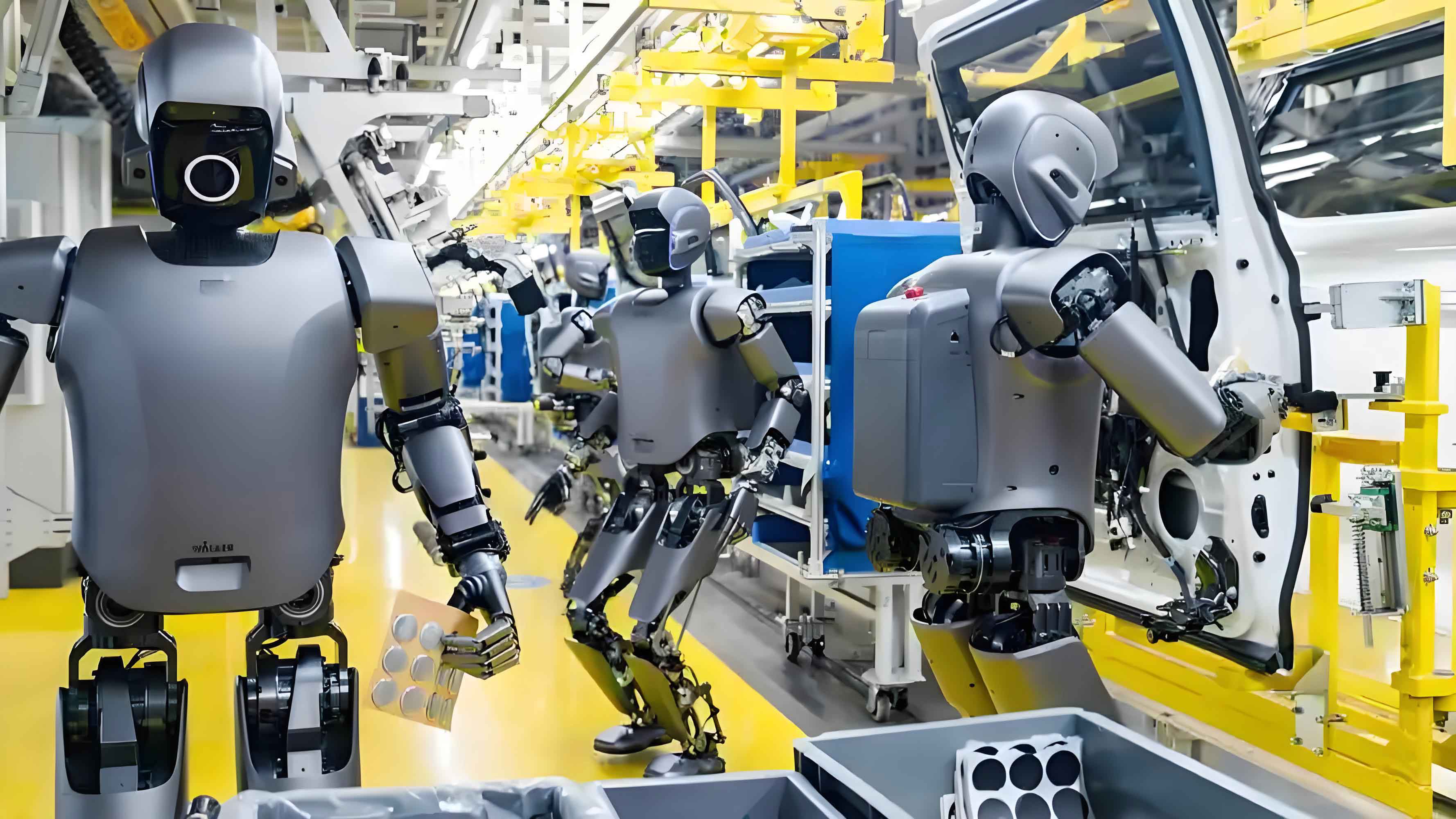The whir of servo motors and the precise dance of mechanical arms echo across Beijing’s industrial parks, laboratories, and startup incubators. Here, in China’s technological nerve center, a new generation of China robot innovators is redefining automation—not through imitation, but through astonishing, homegrown ingenuity. These machines aren’t just tools; they’re problem-solvers, collaborators, and even artists, each engineered with a distinct “specialty” tailored to real-world challenges.

The Rise of the Specialist Machines
Gone are the days when China robot systems were synonymous with mass production. Beijing’s ecosystem now thrives on specialization. In a surgical suite at Peking University Hospital, a micro-scale China robot assists neurosurgeons, its tremor-free arms maneuvering with sub-millimeter accuracy to reduce procedure times by 40%. Across the city, logistics China robot units navigate chaotic warehouse environments using adaptive AI, recalculating routes in real-time when obstacles appear—no human intervention needed.
“What sets Beijing apart is its focus on purpose-built robotics,” says Dr. Lena Zhou, a roboticist at Tsinghua University. “These aren’t generic platforms. Each China robot is designed with a specific industry pain point in mind—whether it’s precision agriculture, elderly care, or hazardous waste management.”
From Labs to Global Leadership
Beijing’s shift toward specialized robotics reflects a broader national strategy. Government initiatives like “Made in China 2025” and municipal R&D grants have funneled billions into AI, material science, and sensor technology. The result? China robot manufacturers now file over half of the world’s robotics patents annually. Companies like RoboVision and NeuroBot exemplify this trend, creating robots that perform delicate tasks—from repairing underground pipelines to sorting recyclables with near-human dexterity.
One standout is the “GreenSentry” China robot, deployed across Beijing’s parks. Equipped with hyperspectral cameras, it identifies invasive plant species or soil contaminants invisible to the human eye, then administers targeted treatment. “It’s like having a botanist, chemist, and gardener in one machine,” explains engineer Ming Chen.
Human-Robot Symbiosis
Contrary to dystopian narratives, Beijing’s robotics surge emphasizes collaboration. At factories, China robot co-bots work alongside humans, handling repetitive tasks while workers focus on quality control. In rehabilitation centers, exoskeletons help stroke patients relearn movements, collecting data to personalize therapy. Even the culinary scene embraces automation: a restaurant in Haidian District employs a China robot chef that crafts intricate Beijing-style noodles—each strand uniformly perfect.
“Efficiency is irrelevant if robots don’t adapt to human environments,” notes Li Wei, CEO of SinoRobotics. “Our China robot line uses emotional AI to read subtle cues—like a patient’s discomfort or a worker’s fatigue—and adjust behavior accordingly.”
Challenges and the Road Ahead
Despite breakthroughs, hurdles persist. Supply chain vulnerabilities, export restrictions on advanced chips, and global competition pressure Beijing’s innovators. Yet, the city responds with relentless agility. Startups experiment with modular designs, allowing China robot components to be swapped or upgraded cheaply. Universities partner with manufacturers to fast-track talent, ensuring that 30% of robotics graduates enter local enterprises.
International interest grows, too. European manufacturers license Beijing’s warehouse optimization software, while Southeast Asian hospitals import surgical China robot systems. “We’re moving from ‘Made in China’ to ‘Created in China,’” asserts tech analyst Rajiv Mehta. “The world notices when a China robot outperforms legacy Western models in precision or cost.”
Conclusion: The Art of Possible
Beijing’s robotics landscape thrives on a simple ethos: machines should do what humans can’t, not what they won’t. Whether it’s a China robot tending crops with laser-guided weeders or preserving cultural relics by restoring ancient texts, these inventions blend ambition with empathy. As investments surge and global partnerships expand, one truth emerges—Beijing isn’t just building robots; it’s engineering a future where technology elevates human potential.
